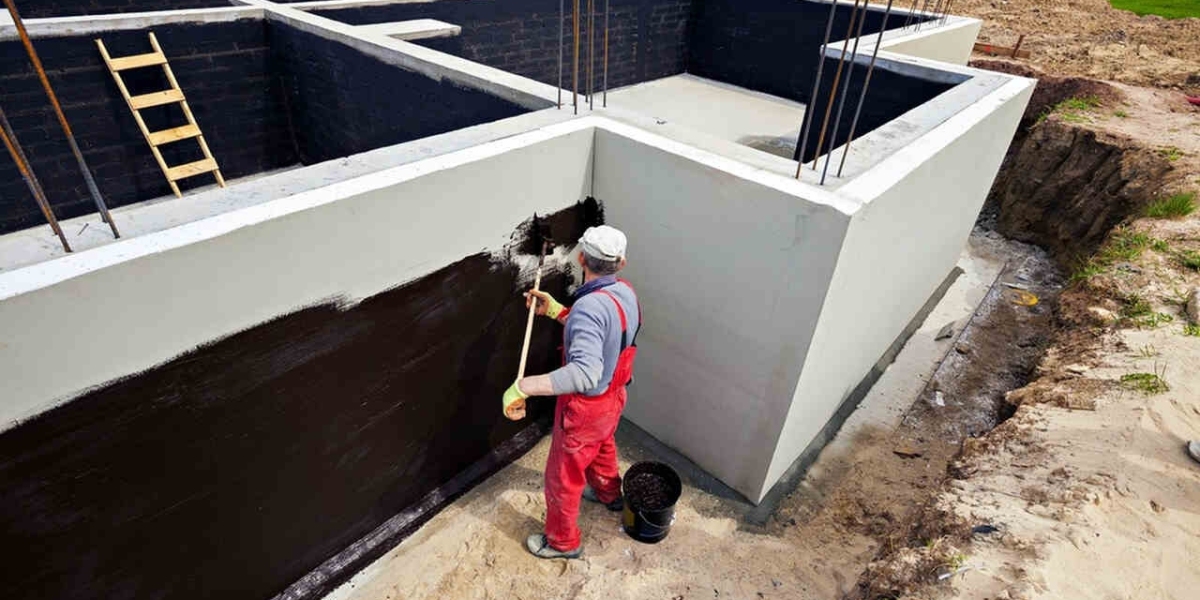Waterproofing is a critical aspect of construction that is often overlooked until problems arise. Moisture damage can compromise the structural integrity of a building, lead to costly repairs, and create health hazards for occupants. Whether it’s a residential home, a commercial property, or an industrial facility, waterproofing Water proofing Company In Bronx plays a vital role in ensuring the longevity, safety, and functionality of a structure. This article explores the importance of waterproofing in construction and highlights key strategies for preventing moisture damage.
Why Waterproofing Matters
Protects Structural Integrity
Water infiltration can weaken building materials like concrete, wood, and steel, leading to cracks, rot, and corrosion.
Over time, this can compromise the stability of the structure, posing safety risks and requiring expensive repairs.
Prevents Mold and Mildew Growth
Moisture creates an ideal environment for mold and mildew, which can cause health issues such as allergies, respiratory problems, and skin irritation.
Waterproofing prevents moisture buildup, reducing the risk of mold growth and ensuring a healthier indoor environment.
Enhances Energy Efficiency
Damp insulation loses its effectiveness, leading to higher energy consumption for heating and cooling.
Proper waterproofing helps maintain the efficiency of insulation, reducing energy costs and environmental impact.
Increases Property Value
A well-maintained, waterproofed building is more attractive to buyers and tenants.
Waterproofing adds to the durability and longevity of the structure, enhancing its market value.
Reduces Maintenance Costs
Preventing moisture damage through waterproofing minimizes the need for frequent repairs and maintenance.
This saves money in the long run and extends the lifespan of the building.
Common Areas Requiring Waterproofing
Foundations
Foundations are particularly vulnerable to water damage due to their contact with soil and groundwater.
Waterproofing methods include applying sealants, installing drainage systems, and using waterproof membranes.
Basements and Crawl Spaces
These areas are prone to flooding and moisture buildup, especially in regions with high rainfall or poor drainage.
Interior and exterior waterproofing solutions, such as sump pumps and vapor barriers, can prevent water infiltration.
Roofs
Roofs are exposed to rain, snow, and UV radiation, making them susceptible to leaks and damage.
Waterproofing techniques include using waterproof membranes, coatings, and proper drainage systems.
Bathrooms and Kitchens
These areas experience high levels of moisture due to daily use.
Waterproofing involves sealing joints, Construction service near me using water-resistant materials, and installing proper ventilation.
Balconies and Terraces
Outdoor spaces are exposed to the elements and require robust waterproofing to prevent leaks and structural damage.
Solutions include slope correction, drainage systems, and waterproof coatings.
Waterproofing Methods and Materials
Liquid Waterproofing Membranes
These are applied as a liquid and form a seamless, flexible layer when cured.
Ideal for roofs, balconies, and wet areas like bathrooms.
Cementitious Waterproofing
A rigid, cement-based coating used for interior wet areas such as toilets and basements.
Easy to apply and highly durable.
Bituminous Coatings
Made from asphalt and used for foundations and roofs.
Provides excellent water resistance but may require a protective layer due to UV sensitivity.
Polyurethane Liquid Membrane
A flexible, high-performance option for roofs and terraces.
Offers superior resistance to weathering and UV exposure.
Sheet Membranes
Prefabricated sheets made of materials like rubber or PVC, applied to surfaces using adhesives or heat welding.
Commonly used for foundations and below-grade structures.
Key Strategies for Effective Waterproofing
Proper Site Preparation
Ensure the site has adequate drainage to prevent water accumulation around the foundation.
Grade the land to direct water away from the building.
Quality Materials and Workmanship
Use high-quality waterproofing materials that are suitable for the specific application.
Hire experienced professionals to ensure proper installation and avoid common mistakes.
Regular Inspections and Maintenance
Conduct routine inspections to identify and address potential issues early.
Clean gutters, repair cracks, and reapply coatings as needed to maintain waterproofing effectiveness.
Integrated Waterproofing Systems
Combine multiple waterproofing methods, such as membranes and drainage systems, for comprehensive protection.
Address both the exterior and interior of the structure to create a complete moisture barrier.
Addressing Vulnerable Areas
Pay special attention to joints, seams, and penetrations, as these are common entry points for water.
Use sealants and flashing to reinforce these areas.
The Consequences of Neglecting Waterproofing
Structural Damage
Water infiltration can cause cracks, erosion, and corrosion, weakening the building’s structure.
This may lead to costly repairs or even structural failure in severe cases.
Health Hazards
Mold and mildew growth can trigger allergies, asthma, and other respiratory issues.
Damp environments also attract pests like termites and rodents.
Financial Losses
Moisture damage can result in expensive repairs, reduced property value, and higher insurance premiums.
Businesses may face additional costs due to downtime and lost productivity.
Aesthetic Damage
Water stains, peeling paint, and warped materials can ruin the appearance of a building.
This can deter potential buyers or tenants and harm the property’s reputation.
Conclusion:
Waterproofing is an essential investment in the construction and maintenance of any building. It protects the structural integrity, enhances energy efficiency, and ensures a healthy and comfortable environment for occupants. By using the right materials, methods, and strategies, you can prevent moisture damage and extend the lifespan of your property. Whether you’re constructing a new building or maintaining an existing one, prioritizing waterproofing Roofing Service Near Me will save you time, money, and stress in the long run. Don’t wait for water damage to occur, take proactive steps to safeguard your property today.

